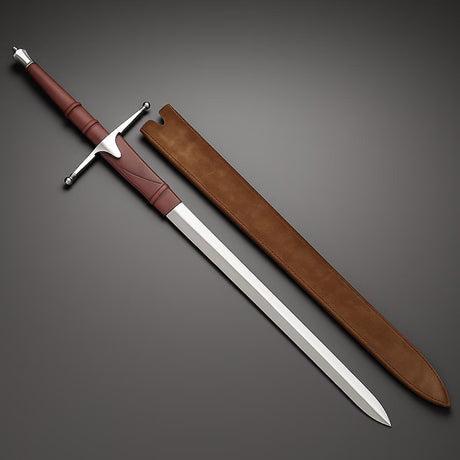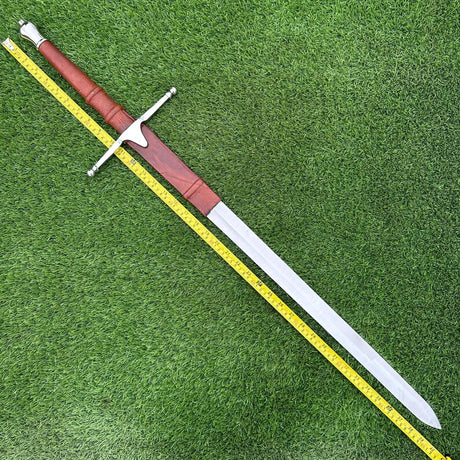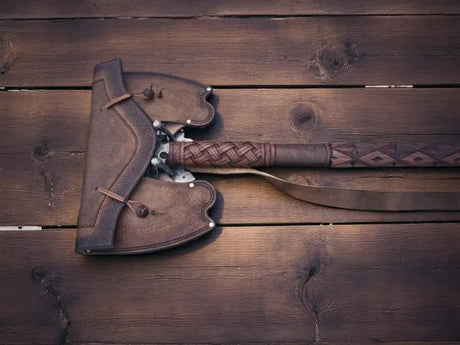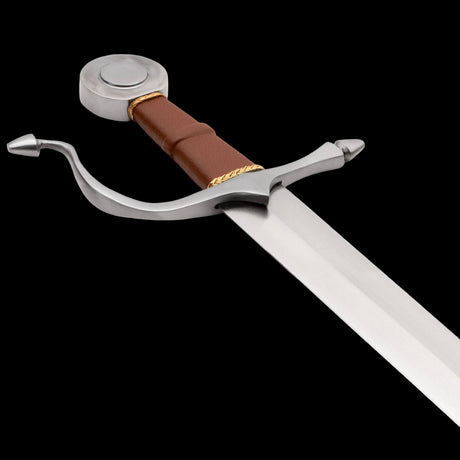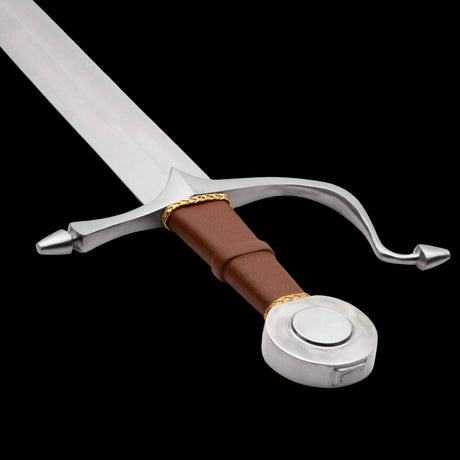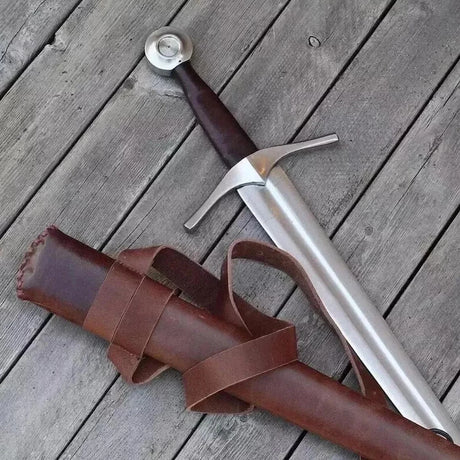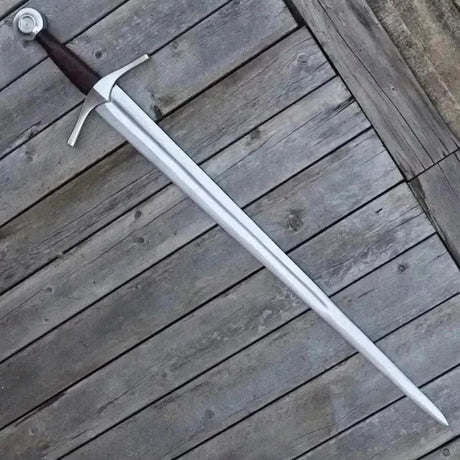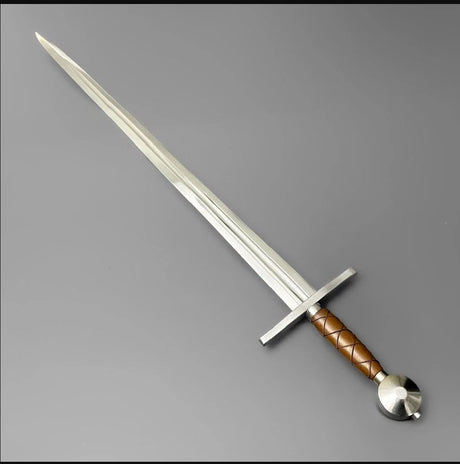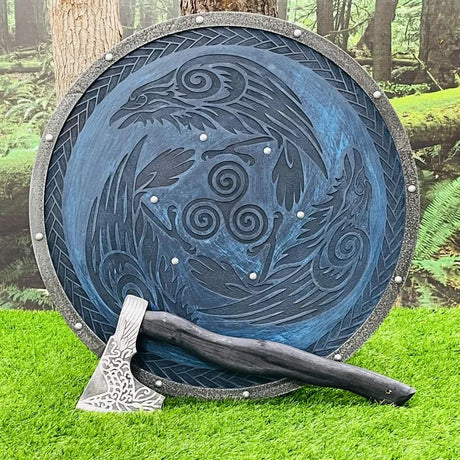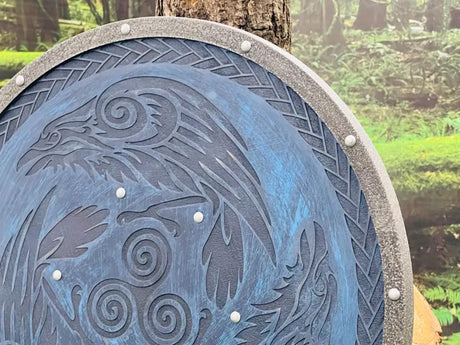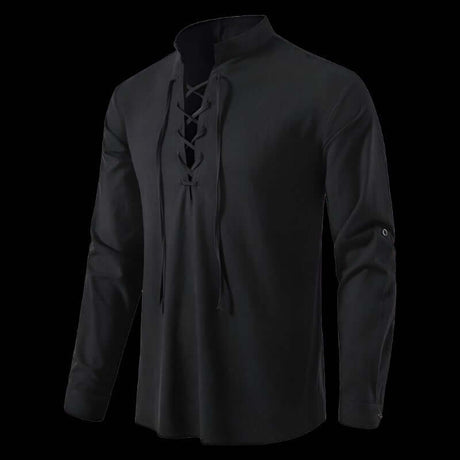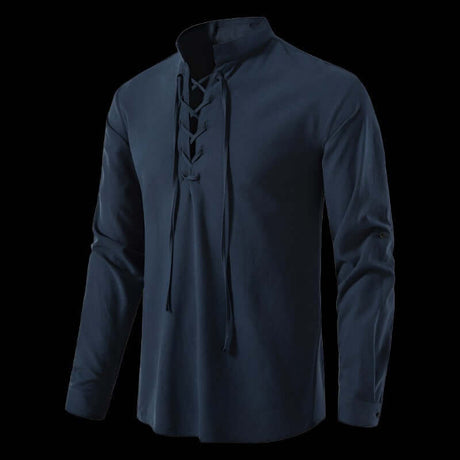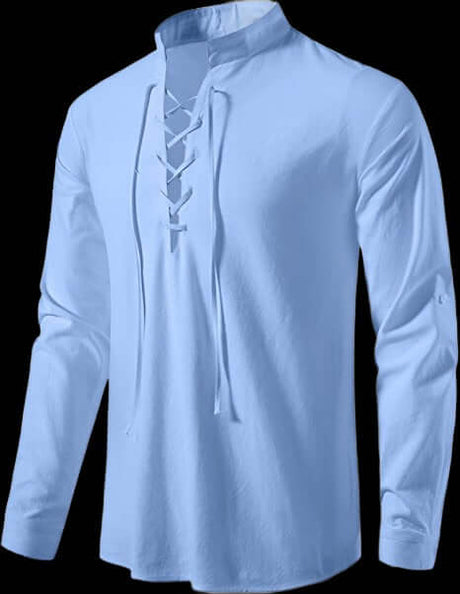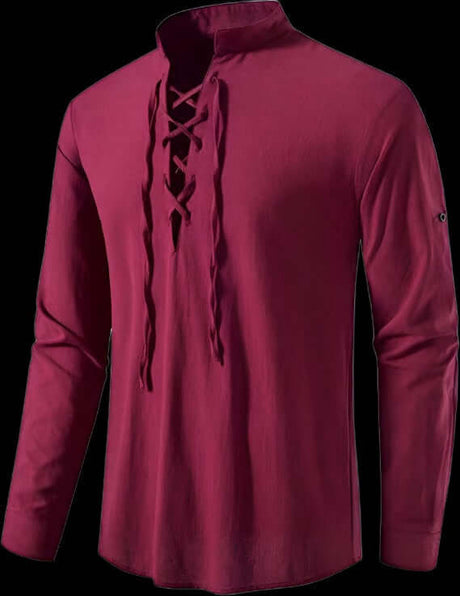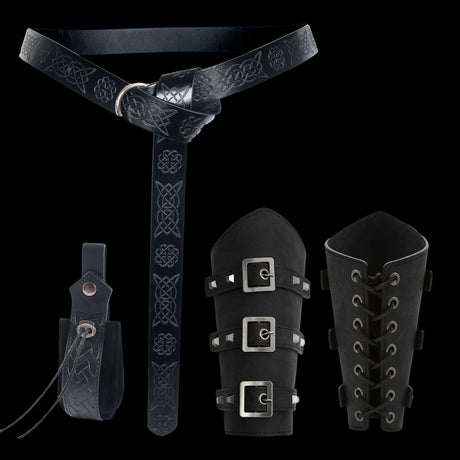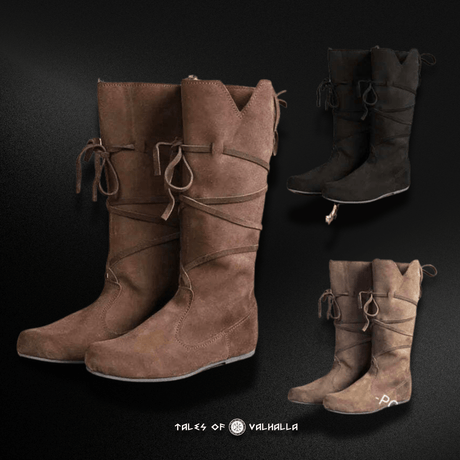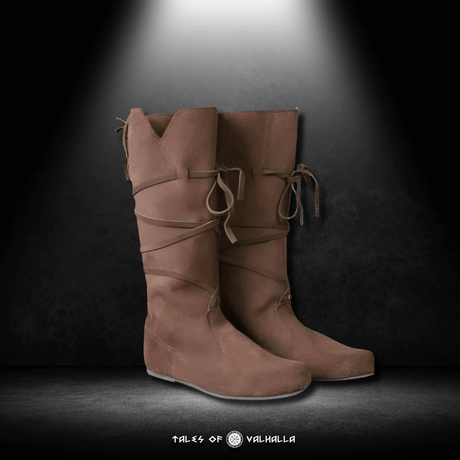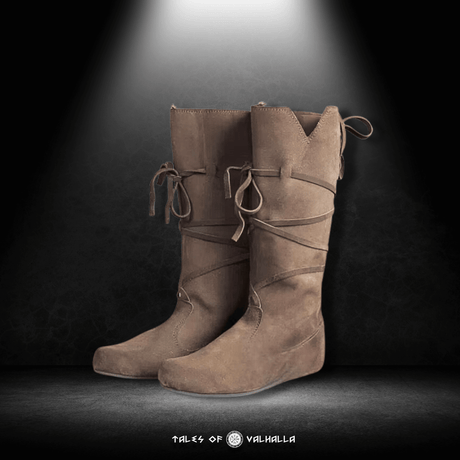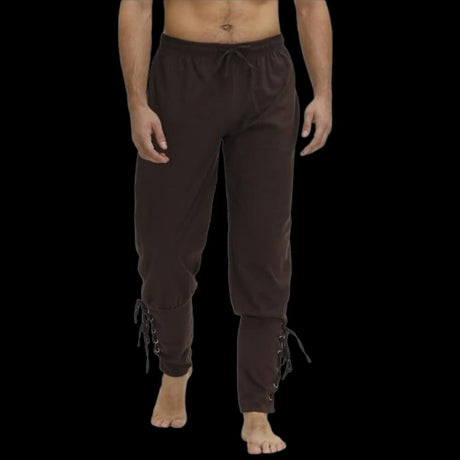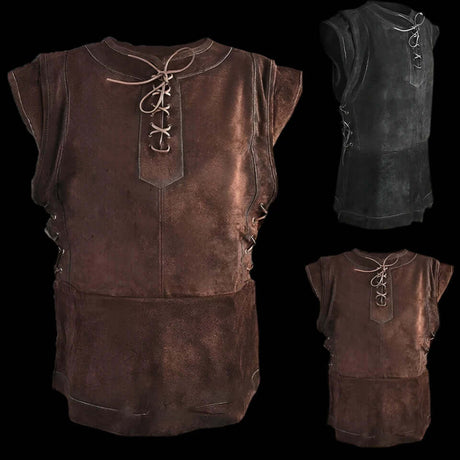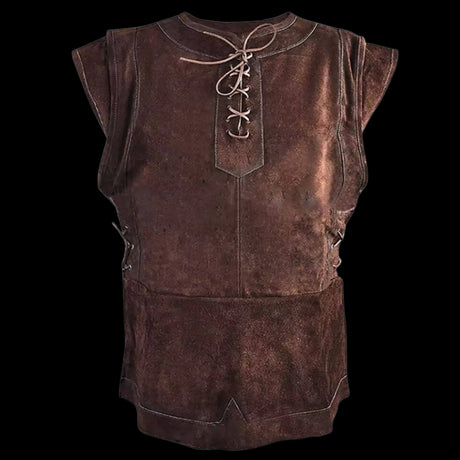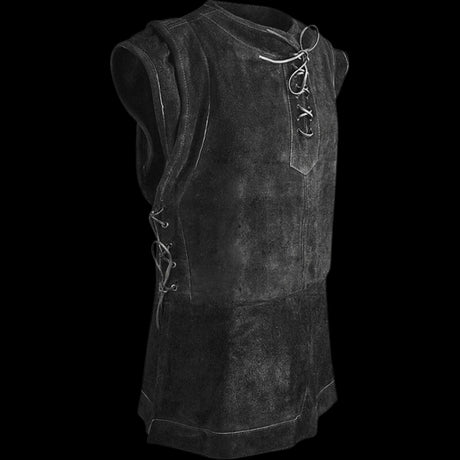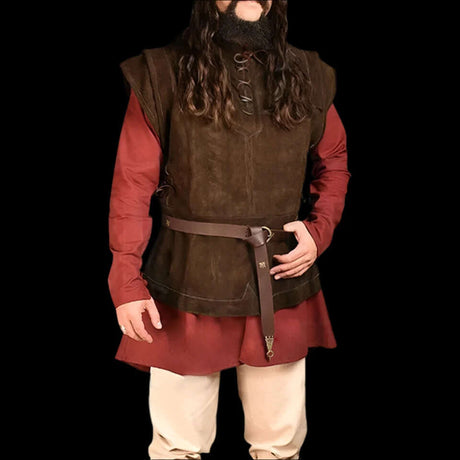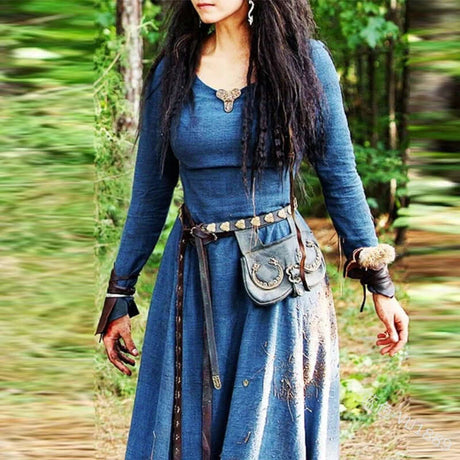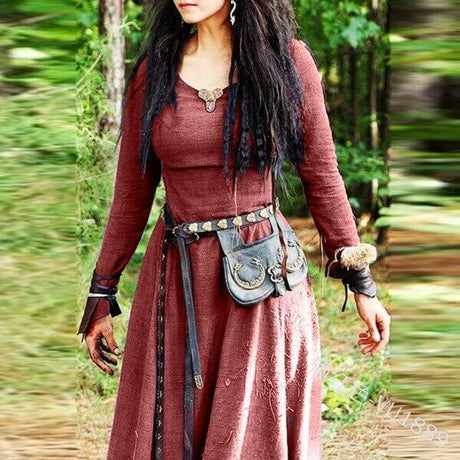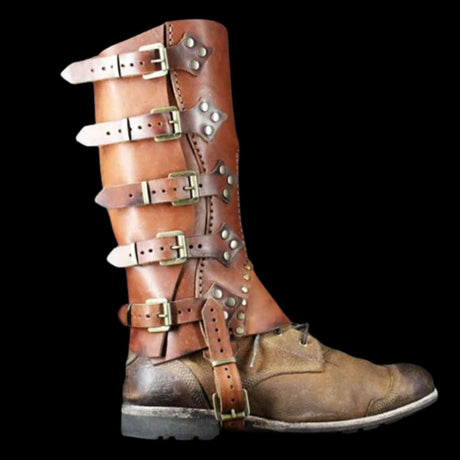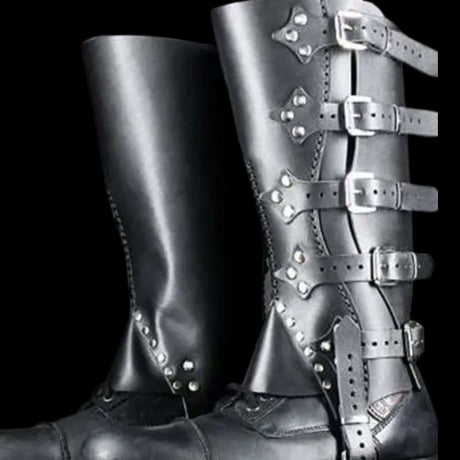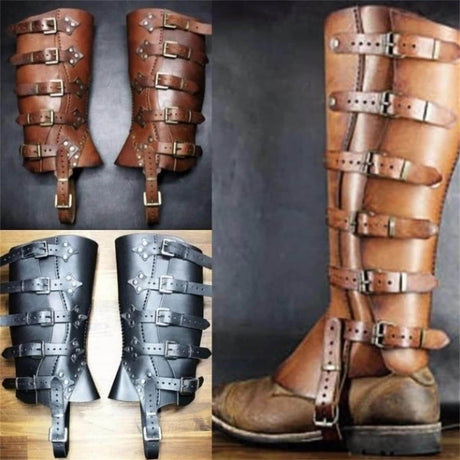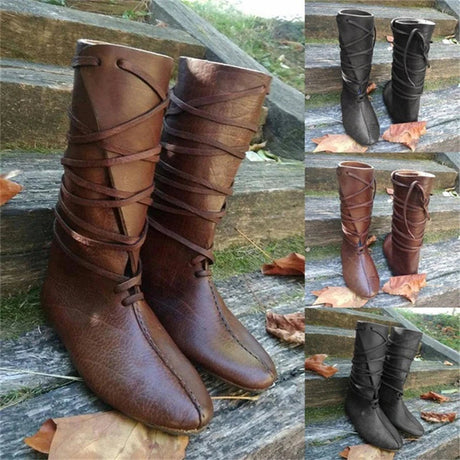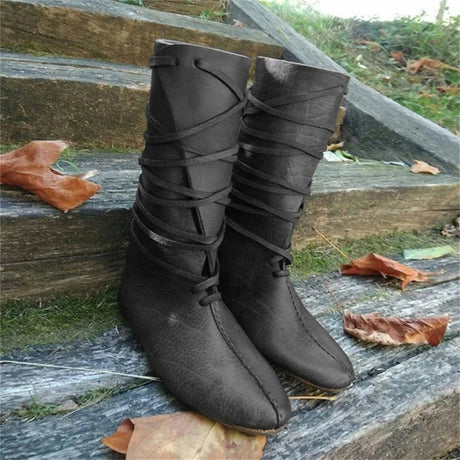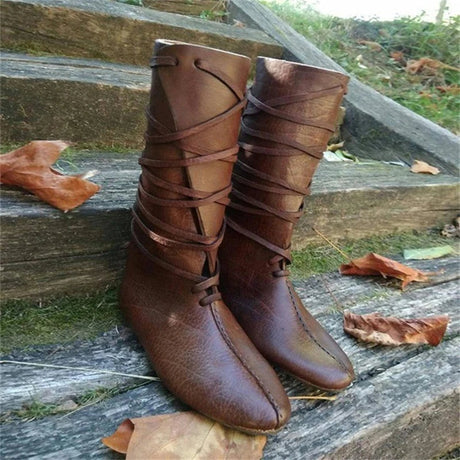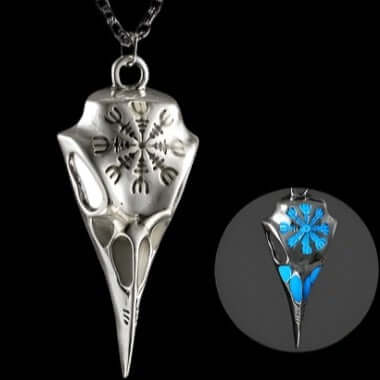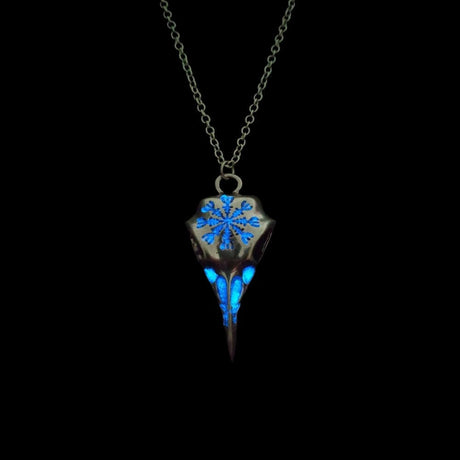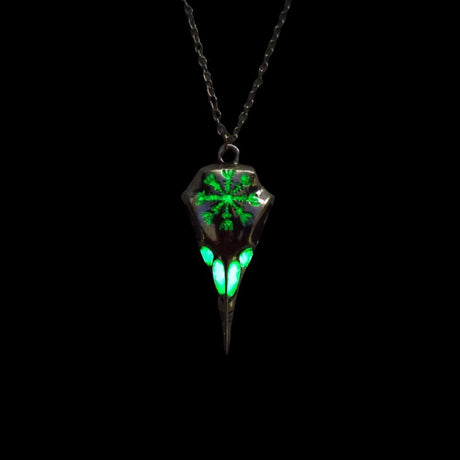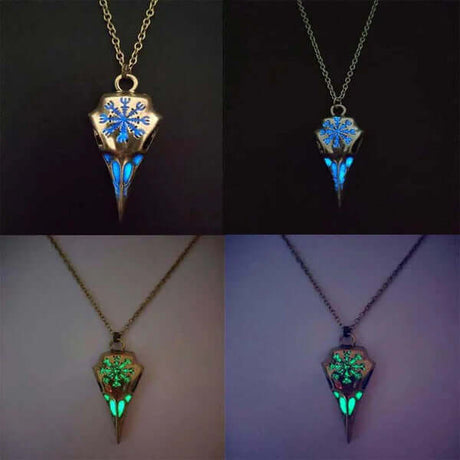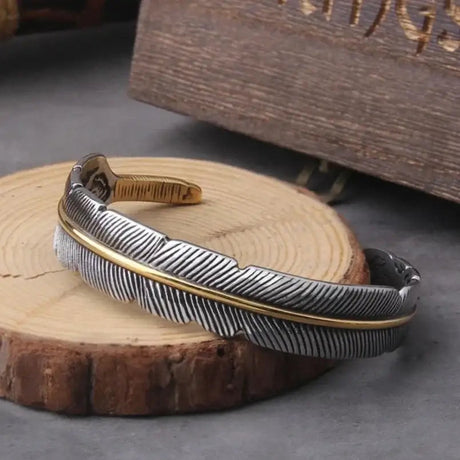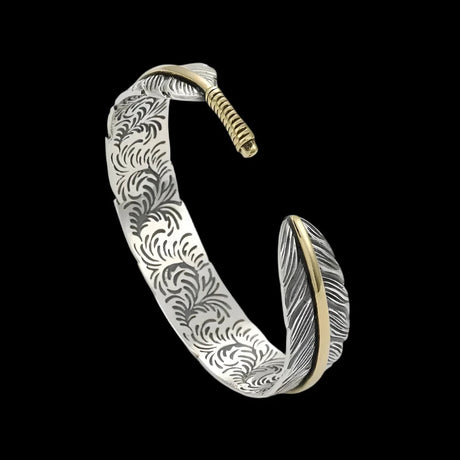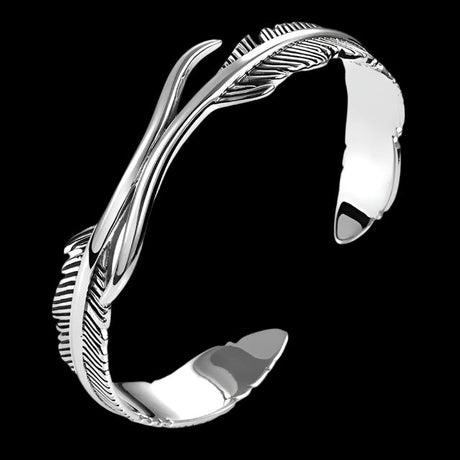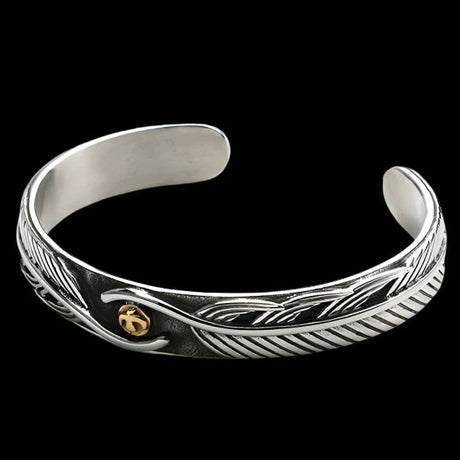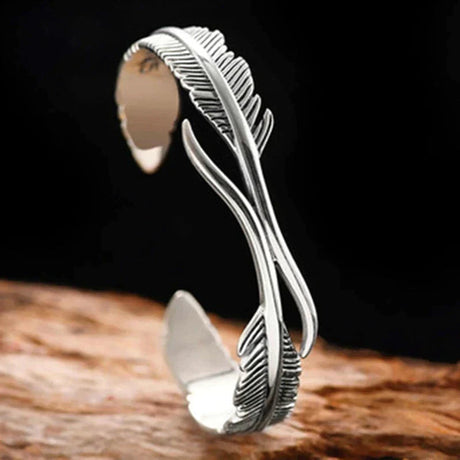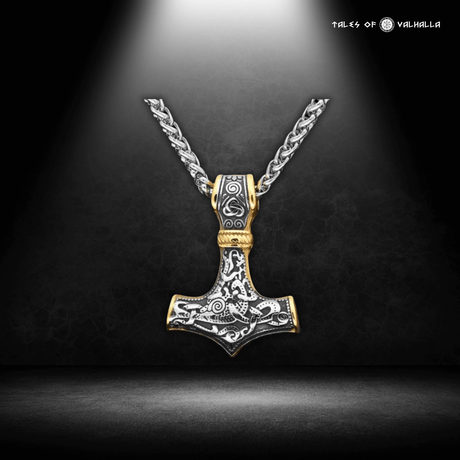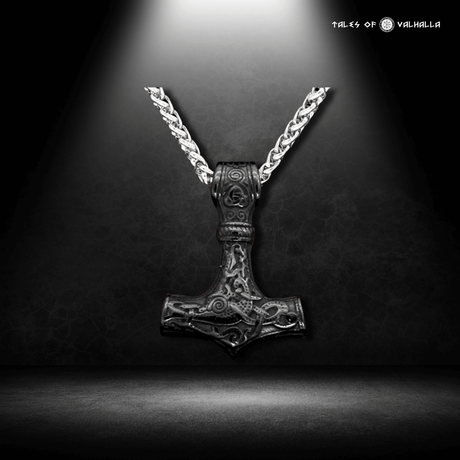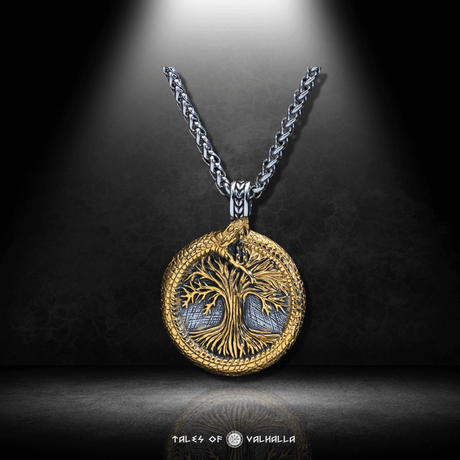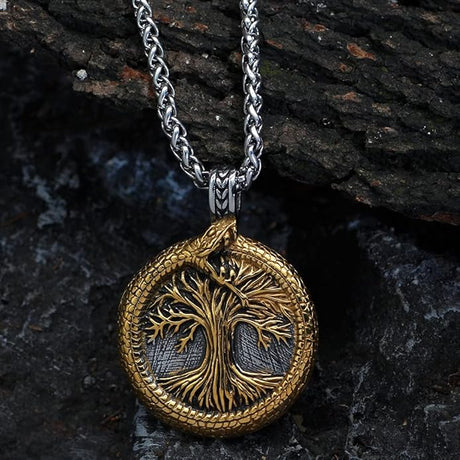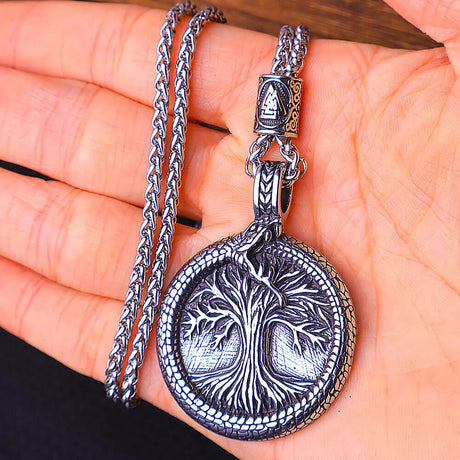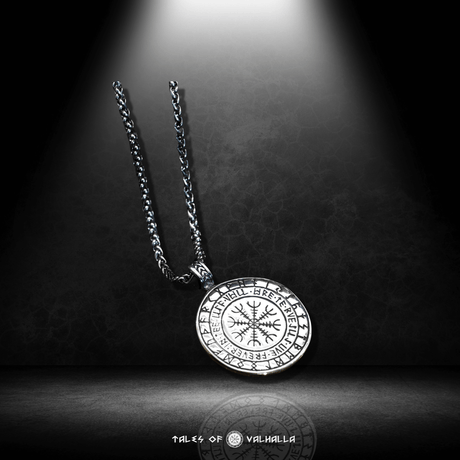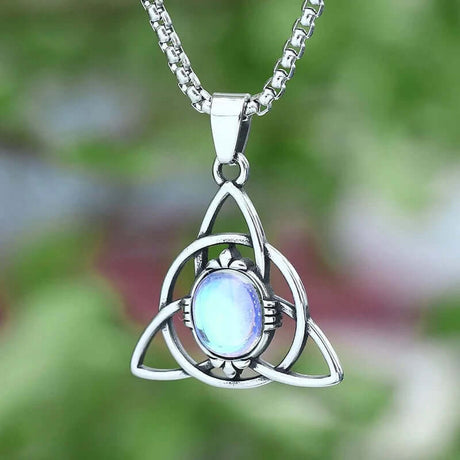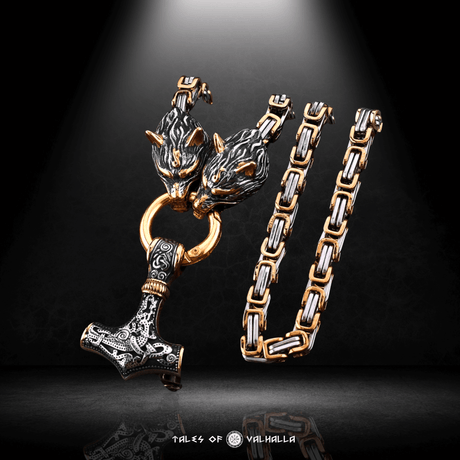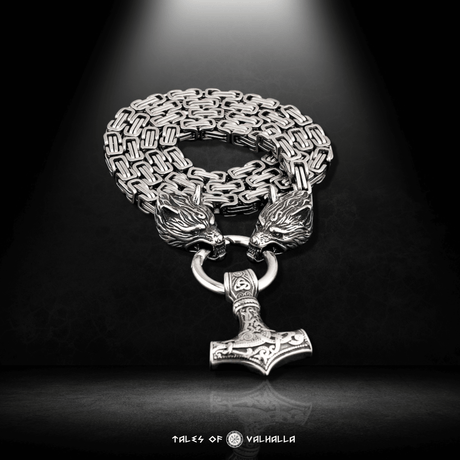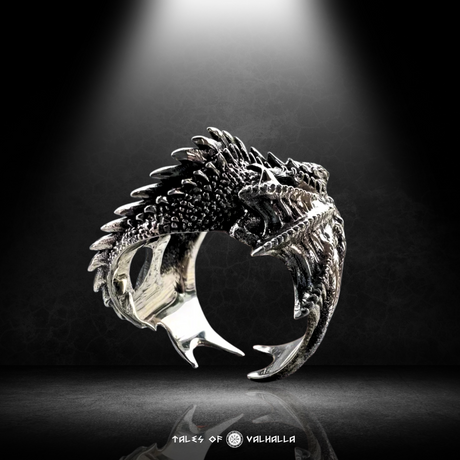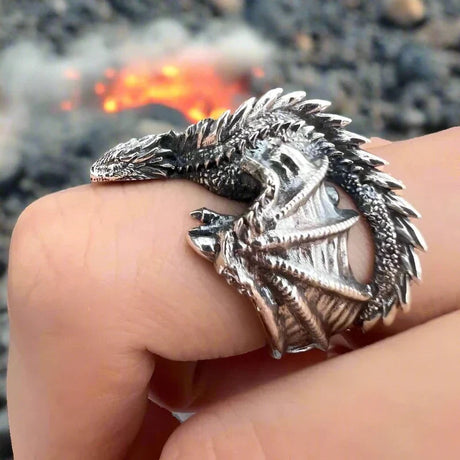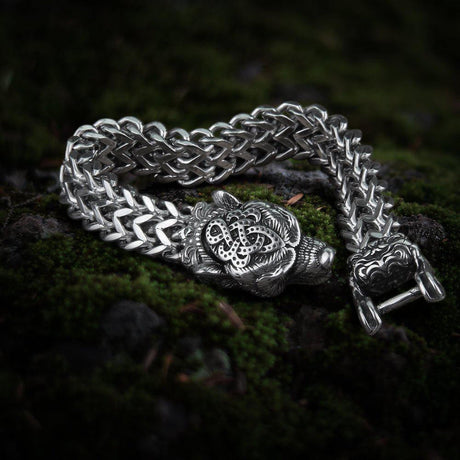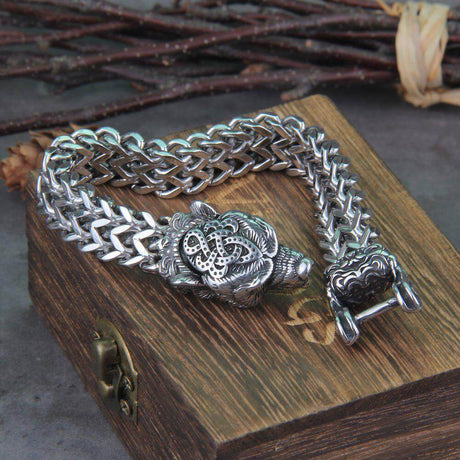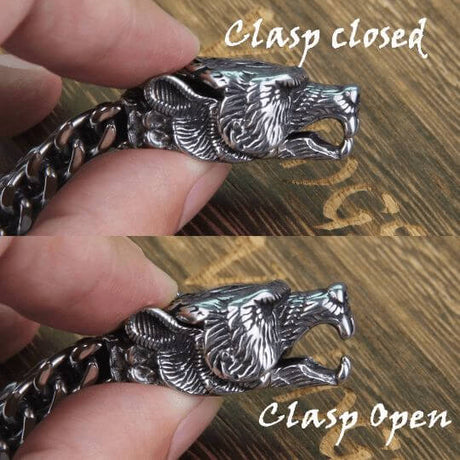The term "Viking King" conjures powerful images: bearded warriors adorned in mail, wielding fearsome axes, commanding longships across stormy seas, and carving out empires through sheer force of will. Figures like Ragnar Lothbrok, Harald Hardrada, and Canute the Great stride through popular culture as larger-than-life symbols of Norse power. But beyond the sagas and screen adaptations, who were these men really? What facts define the Ruling Legacies of Viking Kings?
The reality of Viking kingship was far more complex and nuanced than the simple stereotype of the bloodthirsty barbarian leader. These rulers were often a fascinating blend of warrior, chieftain, lawgiver, diplomat, religious figure, and sometimes, ruthless opportunist. Their paths to power were varied, their methods often brutal, but their impact on Scandinavian and European history is undeniable. This exploration will delve into the world of Viking Kings, examining the nature of their authority, their diverse roles, the challenges they faced, and the enduring Ruling Legacies they left behind.
What Made a Viking King? Beyond the Crown and Castle
Understanding Viking Kings requires shedding modern notions of monarchy. Kingship in the Viking Age (roughly 793-1066 AD) wasn't always about hereditary succession or divine right in the way it was understood in feudal Europe. It was often a more fluid, earned, and sometimes precarious position.
The Path to Power: Warlords, Chieftains, and Petty Kings
Before the emergence of larger, unified kingdoms, Scandinavia was a patchwork of smaller territories ruled by local chieftains or "petty kings." Power was often decentralized.

The Path to Power: Warlords, Chieftains, and Petty Kings
- Charisma and Prowess: Leadership frequently rested on a combination of factors: proven success in battle, the ability to attract and reward loyal followers (often with plunder from raids), wealth accumulated through trade or land, and a strong lineage or connection to respected ancestors. Charisma and personal reputation were crucial.
- Acclamation: A potential king often needed the support and acclamation of his followers and the local assembly, known as the Thing. Power wasn't simply inherited; it often had to be won and maintained through consensus and strength. A king who lost the support of his warriors or the local free men could quickly find his position challenged.
- Competition: The path to becoming a king was often paved with conflict. Aspiring rulers had to defeat rivals, consolidate power, and demonstrate their ability to lead effectively in both war and peace. The sagas are filled with stories of ambitious chieftains vying for supremacy.
Maintaining Authority: Generosity, Success, and the Thing
Once power was attained, keeping it required constant effort. A Viking King couldn't simply sit on a throne and issue decrees.
- The Generous Ring-Giver: A key aspect of kingship was generosity. Kings were expected to reward their loyal followers (their hird or household troops) with gifts, often rings of silver or gold, plunder from raids, and land. This generosity fostered loyalty and ensured the king had a strong retinue of warriors. A stingy king would quickly lose support.
- Success Breeds Success: Continued success in raiding, trading, and defending territory was vital for maintaining prestige and authority. A king who suffered repeated defeats or failed to provide for his followers would risk being overthrown.
- The Thing (Assembly): The Thing was a crucial institution in Viking society – a local or regional assembly where free men gathered to discuss laws, settle disputes, and make important decisions. Kings often had to preside over or gain the approval of the Thing for major undertakings. While their power grew over time, they couldn't simply ignore these assemblies, especially in the earlier periods. The Ruling Legacies of many kings involved navigating these complex political landscapes.
The Multifaceted Roles of Viking Kings: Warrior, Lawgiver, Diplomat
Viking Kings were rarely specialists; they had to wear many hats to effectively lead their people. Their roles were diverse and demanding, reflecting the complex realities of the Viking Age.
The Warrior King: Leading from the Front
The image of the Viking King as a warrior is deeply ingrained, and for good reason. Martial prowess was often a prerequisite for leadership.
- Leading Raids: Kings frequently led raiding expeditions (víking), seeking wealth, prestige, and opportunities for their followers. Success in raiding enhanced their reputation and provided the means to reward their warriors.
- Defense of Territory: They were responsible for defending their lands and people from rival chieftains or external threats.
- Personal Combat: Kings were often expected to fight alongside their men, demonstrating personal courage and skill in battle. The sagas are filled with accounts of kings fighting bravely in the shield wall.
- Story Vignette 1: The Raid Leader Imagine King Olaf standing on the prow of his longship, the salt spray stinging his face. His eyes scan the distant coastline, searching for the familiar landmarks of a wealthy English monastery. His men, a hardened crew of warriors, watch him, their hands resting on their axes and swords. Olaf feels the weight of expectation. This raid must be successful – not just for the silver and gold it might yield, but to maintain the loyalty of these men, to prove his strength as a leader. He gives the signal, a guttural roar that echoes across the waves. He is the first to leap ashore, his axe flashing, leading his men into the fray. His Ruling Legacy will be measured, in part, by the success of such ventures.
The Lawgiver and Judge: Maintaining Order
Beyond warfare, Viking Kings played a vital role in maintaining social order within their communities.

The Lawgiver and Judge: Maintaining Order
- Establishing Laws: While laws were often based on tradition and decided at the Thing, kings could influence and codify laws within their territory.
- Presiding Over the Thing: Kings often presided over local or regional assemblies, acting as judges in disputes and ensuring that justice, according to Norse customs, was administered.
- Settling Feuds: Blood feuds were common in Viking society. A strong king could intervene to mediate disputes and prevent escalating violence, preserving the stability of his realm.
The Diplomat and Trader: Navigating the Wider World
Viking Kings were not isolated rulers. They engaged in diplomacy and trade with neighboring kingdoms and distant lands.
- Forging Alliances: Kings formed alliances through marriage, gift-giving (often including fine weapons or jewelry), and negotiated treaties. These alliances were crucial for defense and mutual support.
- Overseeing Trade: Kings often played a role in facilitating and protecting trade routes, which brought valuable goods and wealth into their kingdoms. They understood the economic benefits of peaceful exchange as well as raiding.
- Interacting with Foreign Powers: As the Viking Age progressed, Scandinavian kings increasingly interacted with rulers in England, Francia, the Byzantine Empire, and elsewhere, engaging in complex diplomatic maneuvering.
The Religious Figure: From Pagan Priest to Christian King
Religion played a significant role in the lives of Viking Kings.
- Pagan High Priests: In the pre-Christian era, kings often held religious authority, acting as intermediaries between their people and the gods. They might lead sacrificial rituals (blóts) and maintain temples.
- The Conversion to Christianity: The gradual Christianization of Scandinavia presented kings with both challenges and opportunities. Some kings resisted conversion, while others embraced the new faith, often for political as well as spiritual reasons. Converting could strengthen ties with Christian Europe and provide a powerful ideology to legitimize their rule. The Ruling Legacies of kings like Harald Bluetooth and St. Olaf are intrinsically linked to their role in Christianization.
- Story Vignette 2: The King Considers Conversion King Magnus sits in his hall, listening intently to the arguments of a visiting Christian missionary. The missionary speaks of one powerful God, of salvation, and of alliances with the wealthy Christian kingdoms to the south. Outside, Magnus can hear the chanting from the sacred grove where his people still honor Odin and Thor. He weighs the options. Converting could bring stability, trade, and perhaps even divine favor from this new God. But it would mean abandoning the ways of his ancestors, potentially angering his traditionalist followers and the old gods themselves. The decision carries immense weight, one that will shape his Ruling Legacy and the future of his kingdom.
Forging Kingdoms: The Unification of Scandinavia
A key aspect of the later Viking Age was the gradual unification of the disparate territories of Scandinavia under more powerful, centralized monarchies. This process laid the foundation for the modern nations of Denmark, Norway, and Sweden.
Denmark's Path: From Chieftains to Bluetooth's Realm
Denmark, with its relatively fertile land and strategic location, was one of the first Scandinavian regions to see significant consolidation of power. Kings like Gorm the Old and his son, Harald Bluetooth (c. 958–987 AD), played crucial roles. Harald famously claimed, on the Jelling stones, to have "won for himself all of Denmark and Norway and made the Danes Christian." While his claim over Norway was likely temporary, his unification of Denmark and official adoption of Christianity were pivotal moments, shaping one of the key Ruling Legacies of the era.
Norway's Unification: Harald Fairhair's Ambition
According to sagas, Harald Fairhair (c. 872–930 AD) was the first king to unite Norway under a single crown. The story goes that he vowed not to cut or comb his hair until he had conquered all of Norway, earning him the nickname "Fairhair" only after achieving his goal. While the historical details are debated, Harald Fairhair represents the often-brutal process of subjugating local chieftains and establishing a unified Norwegian kingdom.
Sweden's Journey: A More Gradual Consolidation
The unification of Sweden appears to have been a more gradual and less documented process compared to Denmark and Norway. Power remained somewhat fragmented for longer, with powerful regional jarls and competing royal lines. Figures like Olof Skötkonung (c. 995–1022 AD), considered the first Christian king of Sweden, and later rulers gradually extended their authority, but a fully unified Swedish kingdom emerged later than its neighbors.
See more: The Myth of Ratatoskr in Norse Lore
Famous Viking Kings and Their Enduring Legacies
While countless local chieftains and petty kings ruled during the Viking Age, several figures stand out for their impact and the Ruling Legacies they left behind.
Note: The historicity and specific details surrounding figures like Ragnar Lothbrok are heavily debated by historians and rely largely on saga accounts.
The Transition: How Viking Kingship Changed
The end of the Viking Age saw a significant transformation in the nature of Scandinavian kingship.
- Influence of European Models: Increased contact with mainland Europe exposed Scandinavians to different models of kingship, particularly the more centralized, feudal systems.
- Role of the Church: The Christian Church provided a powerful ideology for legitimizing royal power through divine right and supported the development of more formal administrative structures.
- Shift from Raiding to Ruling: As raiding became less viable, kings focused more on consolidating internal power, establishing legal systems, collecting taxes, and engaging in diplomacy.
- Hereditary Succession: While never absolute, the principle of hereditary succession became more established over time, reducing the reliance on acclamation and conquest.
The Viking King, as a figure defined primarily by raiding prowess and personal charisma, gradually gave way to the medieval Scandinavian monarch, whose power was based more on established institutions, bureaucracy, and religious authority. The era of the sea kings and warrior chieftains slowly faded, though their Ruling Legacies continued to shape the future.
Debunking Myths About Viking Kings
Popular culture often perpetuates myths about Viking Kings.
- Myth: All Kings Were Brutal Barbarians: While warfare was common, many Viking Kings were also skilled diplomats, administrators, and patrons of the arts and trade. Figures like Canute the Great ruled sophisticated empires.
- Myth: Horned Helmets: Kings, like other Vikings, did not wear horned helmets. This is a 19th-century invention.
- Myth: Constant Raiding: While raiding was significant, it wasn't the sole focus of Viking Kings, especially in later periods. Trade, agriculture, and internal politics were equally important.
- Myth: Pagan Resistance Only: While some kings resisted Christianity, others actively promoted it for political and spiritual reasons. The conversion process was complex and varied across regions.
Conclusion
The story of Viking Kings is not a simple tale of conquest and plunder. It's a complex narrative of leadership forged in a dynamic and often brutal world. These rulers were multifaceted figures – warriors, yes, but also lawgivers, diplomats, religious leaders, and builders of kingdoms. They navigated a world of shifting alliances, deeply held traditions, and transformative change, from the decentralized power of early chieftains to the emergence of centralized Christian monarchies.
Understanding the true nature of Viking kingship requires looking beyond the stereotypes and appreciating the diverse roles these individuals played. Their Ruling Legacies are etched not just in the sagas and runestones, but in the political maps, languages, and cultural identities of modern Scandinavia and beyond. They were figures of immense power and influence, whose actions shaped the course of European history. For those seeking to explore this fascinating era further, the stories and history offered by resources like tales of valhalla can provide deeper insights into the world these kings inhabited. The Ruling Legacies of the Viking Kings continue to captivate us, reminding us of a time when leadership was earned through strength, cunning, and the will to shape destiny.
FAQs
-
How was kingship different in the Viking Age compared to medieval Europe?
Initially, Viking kingship wasn't based solely on strict hereditary succession or divine right like many European monarchies. Power often relied more on personal charisma, success in battle, wealth (used to reward followers), and acclamation by local assemblies (the Thing). The Ruling Legacies of these kings were often built on personal achievement as much as lineage.
-
How did a Viking become a king? Was it just inherited?
While lineage was important, it wasn't the only factor. Aspiring kings often had to prove their worth through military success, gain wealth through raiding or trade to be generous leaders (a key expectation), defeat rivals, and secure the support of their warriors and the local Thing (assembly). It was often earned and maintained, not just inherited.
-
What were the main roles and responsibilities of a Viking King?
Viking Kings were multifaceted leaders. Their roles included being Warrior Leaders (leading raids, defending land), Lawgivers and Judges (presiding over assemblies, settling disputes), Diplomats and Traders (forging alliances, overseeing trade), and often Religious Figures (acting as pagan priests or later influencing the conversion to Christianity).
-
Who were some of the most important or famous Viking Kings?
Key figures include Harald Fairhair (seen as Norway's unifier), Harald Bluetooth (Denmark's unifier and key Christian convert), Sweyn Forkbeard (conqueror of England), Canute the Great (ruler of a vast North Sea Empire), and Harald Hardrada (often called the "Last Great Viking King"). Figures like Ragnar Lothbrok are more legendary or semi-legendary.
-
Were Viking Kings just warriors, or did they have other duties?
They were definitely more than just warriors. While martial prowess was crucial, successful Viking Kings also had to be skilled administrators, lawgivers, judges, diplomats, and sometimes religious leaders to maintain order, build alliances, manage trade, and ensure the prosperity of their people. Their Ruling Legacies reflect this complexity.
-
Did Viking Kings wear crowns and live in castles like European kings?
The typical image of crowns and stone castles is more characteristic of later medieval European royalty. While high-status Vikings had symbols of authority (like arm rings or perhaps ornate helmets, but not horned ones!) and lived in large halls or longhouses, these differed from the typical crowns and castles associated with feudal Europe. Their power structures and visual symbols were distinct during most of the Viking Age.










